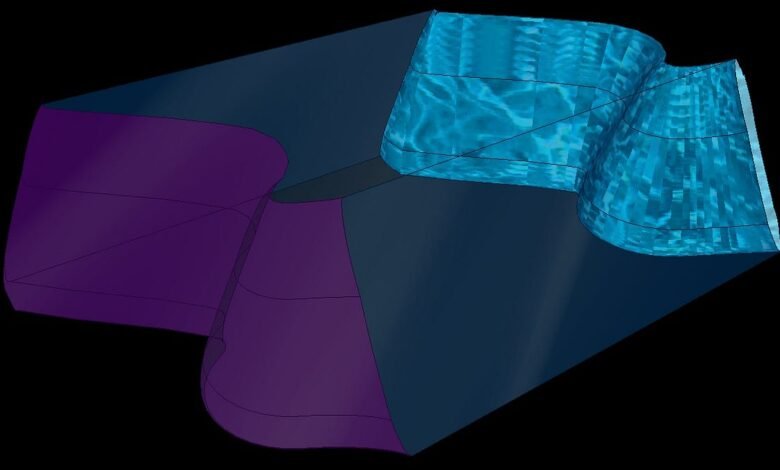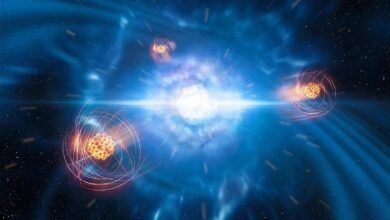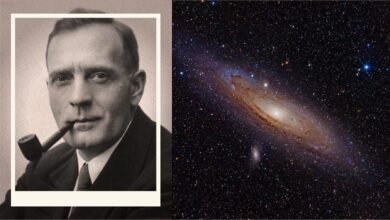SCIENCE
25 year update on the “Millennium problems” in physics | by Ethan Siegel | Starts With A Bang! | Jan, 2025

In the year 2000, physicists created a list of the ten most important unsolved problems in their field. 25 years later, here’s where we are.
Back in the year 2000, physicists gathered with an unusual purpose: to choose the 10 greatest unsolved problems in fundamental physics for the new millennium. At that time, we had:
- discovered most of the particles of the Standard Model, but not yet the Higgs boson,
- a strong idea that gravitational waves existed and carried energy, but no direct detection of their existence,
- robust evidence for the existence of dark matter and strongly suggestive evidence for the existence of dark energy, but no direct detection of either,
- and it was also a time where physicists placed a lot of hope in speculative ideas — such as supersymmetry, grand unification, extra dimensions, and string theory — for driving physics forward.
The limitations were that, in order to be considered, the problem must be deemed important, well-defined, and articulated in a clear way, that each participant could only submit one and only one question, and that duplicate entries would be rolled together into one. At the end of the…
Source link





